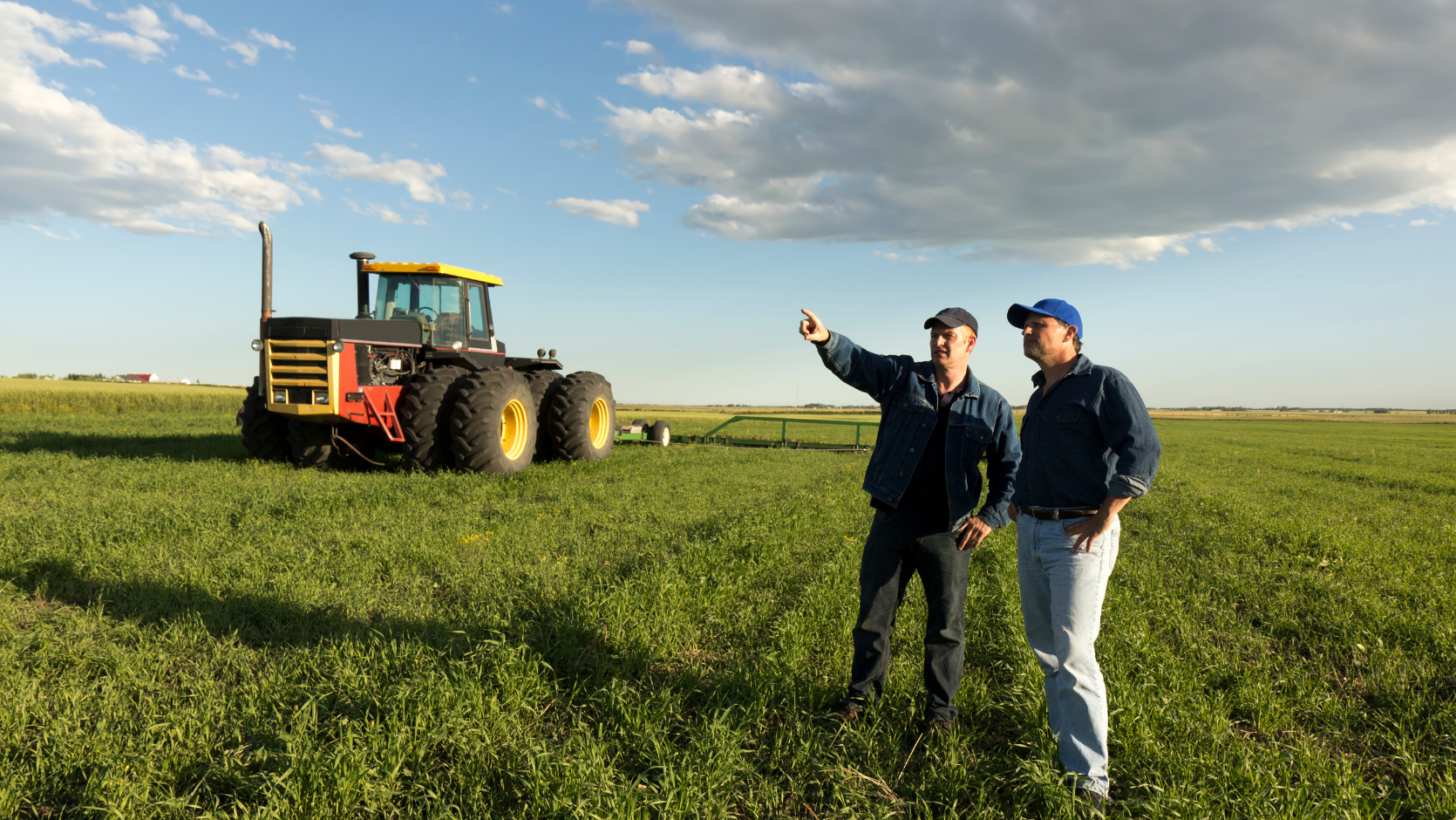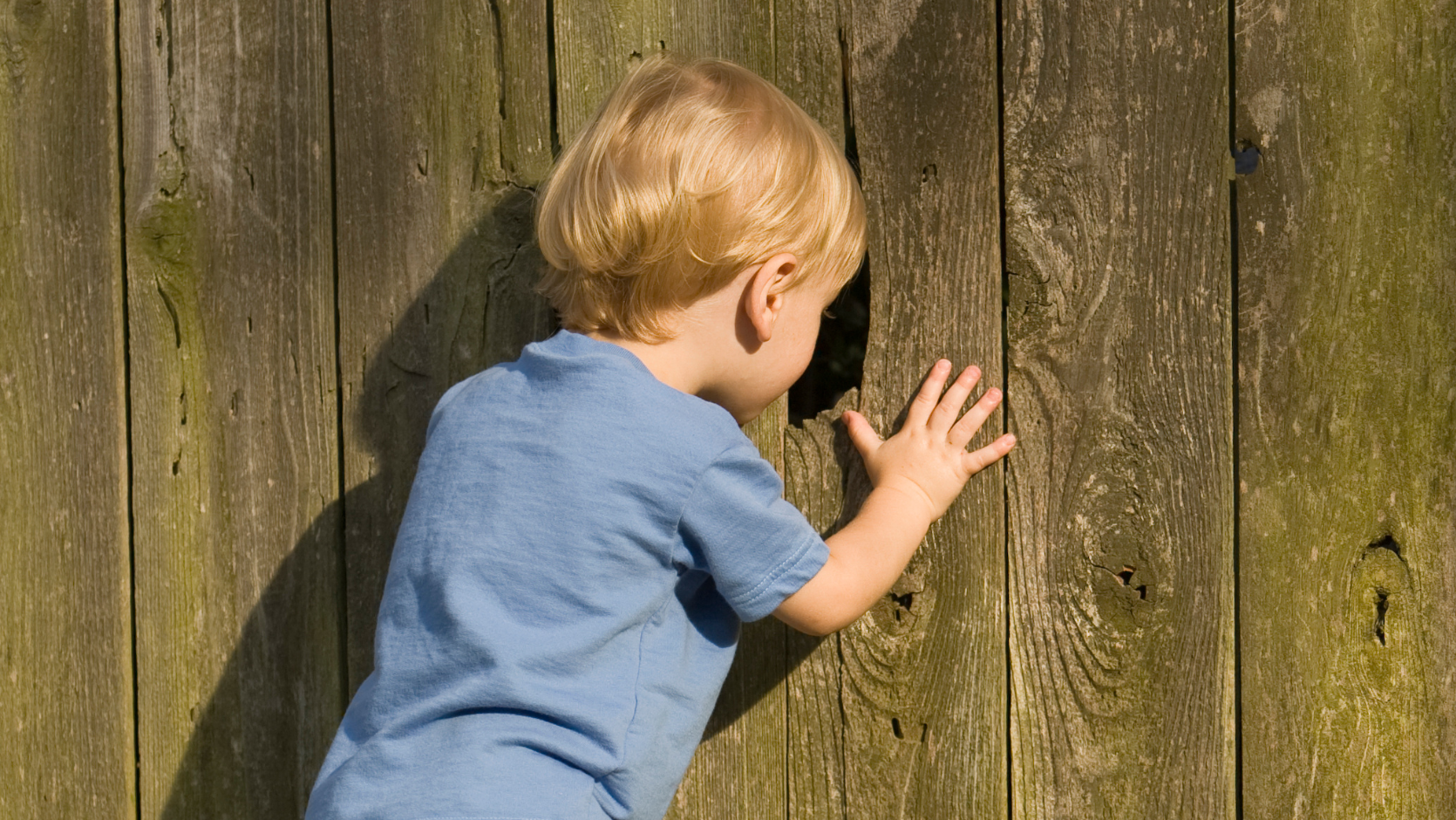The Facts
Building designer engaged to create plans for unique house
A couple owned a block of land in Port Douglas, Queensland, and set out to build an architecturally unique house on the land. They engaged a building designer to assist and sent an email to the designer with their ideas for the house, which included proposed specifications, four pages of draft floor plans and two photographs of houses illustrating the architectural style the couple had in mind.
The building designer prepared detailed plans (“the building plans”) and the couple engaged a builder to undertake the construction. Sometime after the house was built, the couple listed and sold the property to a new owner.
Disappointed prospective purchasers commission builders to build identical house
Another couple who had hoped to buy the house but who had missed out were so impressed with its architecture and layout that they paid $1 million to the builders of the original house to build an identical house for them in the same estate in Port Douglas.
The new owner of the original house became aware of this and acquired the copyright to the building plans from the building designer who had created them, so as to ensure that his house would be the only house of its design in the area.
He put the building company and the couple who had commissioned the new house on notice that he held the copyright to the house plans and that he objected to the construction of a house identical to his.
Owner of original house sues for copyright infringement
The building company ignored this warning and constructed a house using the same building plans.
Shortly afterwards, the owner of the original house commenced legal action against the building company and the owners of the new house for infringement of copyright.














Expert commentary on the court's decision
Ownership of the building plans
In the case Coles v Dormer & Ors [2015] QSC 224, the court found that the building plans were substantially different from the email sent by one of the original owners to the building designer. The building plans contained detailed structural and architectural plans, including elevations and considerably more information, including technical information.
The court noted that by the time of the third revision of the building plans, the building designer had spent 112 ½ hours working on them.
In addition, the building plans contained design features such as exterior arched windows and round windows, which did not appear in the email sent by the original owners. The court did not deny that the email was also an original work in which copyright subsists – however, it was a separate work.
The court was not convinced by the argument put forward by the building company and the owners of the new house, that the building plans were merely a continuum of the rough ideas and plans set out in the original owner’s email.
The court determined that the building designer was the owner of the building plans and that he had effectively transferred the copyright to these plans to the owner of the original house, who was therefore now the rightful owner of the building plans.
Infringement of copyright due to copying of building plans on a substantial scale
The court found that the plans for the new house were a copy of the building plans for the original house. It was held that the extent of the copying was particularly obvious, because even errors in the original plans were replicated in the plans for the new house.
For example, in one instance, an error in the building plans concerning window height was replicated in the plans for the new house. In another instance, a reference to the location of a bathroom window in the original building plans was replicated in the plans for the new house, even though a variation in the layout of the new house, necessitated by the nature of the block, meant that the window should have been on the opposite side.
In the view of the court, it was obvious that “copying on a substantial scale must have occurred”.
Owner of original house seeks injunction and damages
The owner of the original house had sought an injunction to prevent the construction of the new house, in addition to damages. The court noted that the copyright infringement had resulted in the very outcome he had taken lawful steps to prevent – that is, the loss of uniqueness of his house by the building of a replica of it.
However, by the time the case was heard by the court, the new house had been completed. The judge noted that the building company and the owners of the new house chose to press on and build it after being warned of the consequences, adding: “Indeed, they continued to build… knowing this action was afoot.”
Court orders owners of new house to make extensive modifications to its exterior
While the court decided that it would be an overly harsh and disproportionate punishment for the owners of the new house to be forced to demolish it, it was determined that significant changes could be made to the exterior of the new house, so that it would no longer appear identical to the original house.
The court held that the owners of the new house had to alter or remove various external features of the new house which constituted an infringement of the copyright held by the owner of the original house.
This included, amongst other things, removing the dormer roofs, removing exterior arched and circular windows and replacing them with rectangular or square windows, and grinding, cutting away or removing any stone edge trim corners which were at the front of the house or were visible from any public path or street.
Court orders damages to be paid to owner of original house
In a further case the following year, Coles v Dormer & Ors (No 2) [2016] QSC 28, the defendants – being the owners of the building company and the couple who owned the new house – were also ordered to pay the owner of the original house $70,000 in damages.